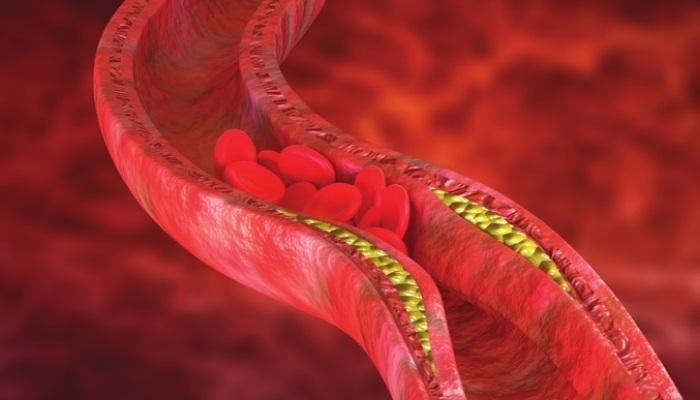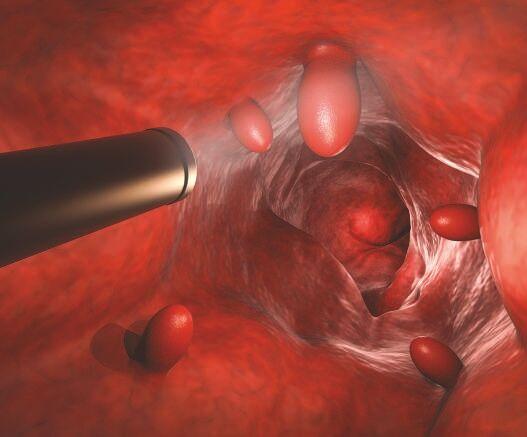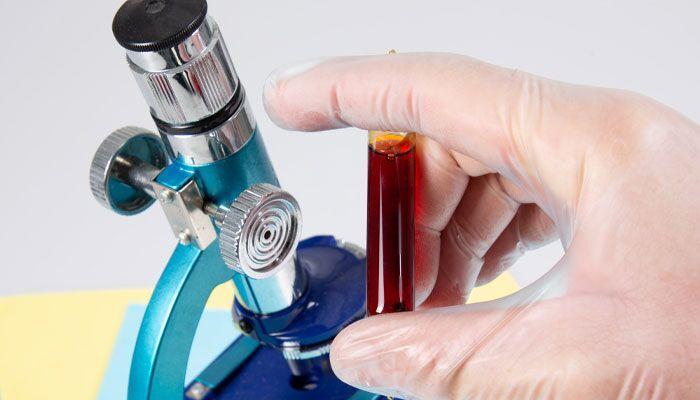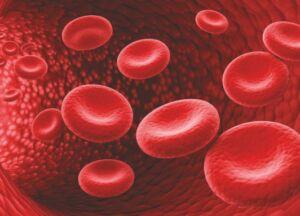
MicroRNA Therapeutics in Cancer

Cancer is a heterogeneous condition and involves deregulation of various genes. MicroRNAs (miRNA) are a class of gene expression regulators, which often function by targeting multiple genes.
Here’s all you need to know about the advances and challenges involved with microRNA therapeutics in cancer.
Translating miRNA Biology from Bench to Bedside in Cancer
MicroRNAs (miRNAs) are highly conserved small non-coding RNAs, which regulate gene expression through imperfect base pairing to the 3′-untranslated region (3′-UTR) of target mRNA. For the most part, miRNA binding through partial complementarity to the target transcript leads to its degradation or repression of its translation. Their expression can be controlled both spatially and temporarily.
MicroRNAs regulate several genes, given their small size (22 nucleotides) in developmental and tissue-specific manner. Presently a large number of human precursors and mature miRNAs have been described in the miRBase. They have shown their role in human pathologies and their involvement in cancer was first demonstrated in downregulation of Chronic Lymphocytic Leukemia.
This has allowed further detection of miRNA expression with high throughput molecular profiling in various tumours as compared to healthy tissues. With further genetic studies, it is found that miRNAs which are embedded in cancer-deleted loci act as tumour suppressors, whereas miRNAs located in cancer-amplified genomic regions function as oncogenes. In addition, they are linked to drug resistance in cancer treatment.
MicroRNA translation in the development of miRNA therapeutics consists of 3 core levels: proof of concept research, preclinical studies, and clinical studies.
These include:
- Identification of candidate miRNAs for cancer therapy
- Validation of candidate miRNA using target prediction softwares
- Design of miRNA in suitable carriers
- Evaluation of miRNA-loaded nanocarriers in cancer cell models (in-vitro studies)
- Therapeutic miRNA candidates are tested in animal cancer models
- Initiation of clinical trials and drug validation
Central Objectives for Therapeutic Targeting of miRNAs
MiRNA expression patterns can be modulated to abolish or restore miRNA biological function. To inhibit oncogenes or restore tumor suppressors, one anti-cancer strategy consists of silencing the overexpressed oncomiRs or replacing the downregulated tumor suppressor miRNAs.
The three approaches to achieve miRNA loss of function are:
- miRNA sponges
- Antisense oligonucleotides (antagomiRs, antimiRs)
- Genetic knockouts based on the application of Clustered Regularly Interspaced Short Palindromic Repeats/CRISPR-associated protein 9 (CRISPR/Cas9) genome-editing technologies
Different Modes to Deliver miRNA Therapeutics
Stability and development of safe and efficient delivery systems are crucial to use the miRNA therapeutics. This stage has challenges of its own, such as miRNA or antimiR have short half-life or get easily degraded in biological fluids of the nucleases. To overcome this, several strategies have been opted, such as chemical modifications or entrapment of therapeutic miRNA within nanoparticles to prevent degradation.
Commonly used nanoplatforms for miRNA delivery :
- Cationic polymers – natural and synthetic polymers can form electrostatic complexes with nucleic acids such as miRNAs.
- Nanoparticles – various nanoparticle-based platforms include lipid nanocarriers, polymeric nanocarriers, inorganic nanocarriers, bio-inspired nanocarriers.
Nanoparticle-based platforms are characterized by size, shape, and surface characteristics, which enable them to have compatibility with different administration routes. This helps in bringing specificity to target tissues by grafting special recognition molecules onto them.
Use of miRNA Therapeutics in Cancer
Preclinical advances of miRNA-based therapy done for selected tumours via different delivery systems and administrating routes using invitro (cell lines) and in vivo (preclinical mouse cancer models) studies are listed below:
| Cancer Type | miRNA | Delivery System | MiRNA Loading Strategy | Cell lines | Delivery Route In Vivo | Results |
| Lung cancer | miR-34a | Neutral Lipid Reagent (RNA-LANCEr II) | Encapsulation in phospholipid-oil emulsion | A549, BJ, NCI-H460, etc. | it, iv | Reduced cell proliferation and colony formation; Tumor growth inhibition |
| Liver cancer | miR-122 | Lentivirus | Viral vector expression system | Mahlavu SK-HEP-1 | sc | Reduced ADAM17 expression; Inhibition of tumor growth, angiogenesis, and intrahepatic metastasis |
| Breast cancer | miR-125a | Liposomes (with hyaluronic acid coating) | Electrostatic interaction | SKBR3, 21MT-1 | – | Reduced HER-2 expression |
| Glioblastoma | miR-100 anti-miR-21 | Gold-iron oxide nanoparticles (with T7 peptide-cyclodextrin-chitosan coating) | Electrostatic interaction | U87-MG | in | Diagnosis by MRI tracking of gold nanoparticles; Presensitization to temozolomide |
| Thyroid cancer | Anti-miR-146 | Invivofectamine | Electrostatic interaction | Cal62 | it | Impaired tumor growth; Restored PTEN expression |
| Adrenocortical cancer | miR-7 | Bacterial Minicell particles “EnGeneIc Delivery Vehicles” (EDVs) (with EGFR antibody coating) | Loading via non-specific porin channels | NCI-H295R SW13 | iv | Inhibition of tumor growth by targeting CDK1/Raf1/mTOR signaling |
| Ovarian cancer | miR-200c Paclitaxel | Lipofectamine | Electrostatic interaction | SCOV3 | – | Impaired migration and invasion, enhanced chemosensitivity |
| Prostate cancer | miR-34a | Chitosan Nanoparticles | Electrostatic interaction via the protonated amino groups at low pH | PC3 | iv | Inhibited tumor growth and metastasis |
It = intratumor; iv = intravenous; in = intranasal
(The table only describes few examples of miRNA involved in each cancer type.)
The miRNA effect on targeted molecules suggested that using miRNA-based therapeutics can efficiently reverse multifactorial pathologies like cancer. The gain in momentum of nanoparticle use for drug delivery is promoting the use of miRNA therapeutics.
References:
- MicroRNA Therapeutics in Cancer: Current Advances and Challenges. National Library of Medicine. Cancers (Basel) MicroRNA Therapeutics in Cancer: Current Advances and Challenges – PMC (nih.gov)





































































































